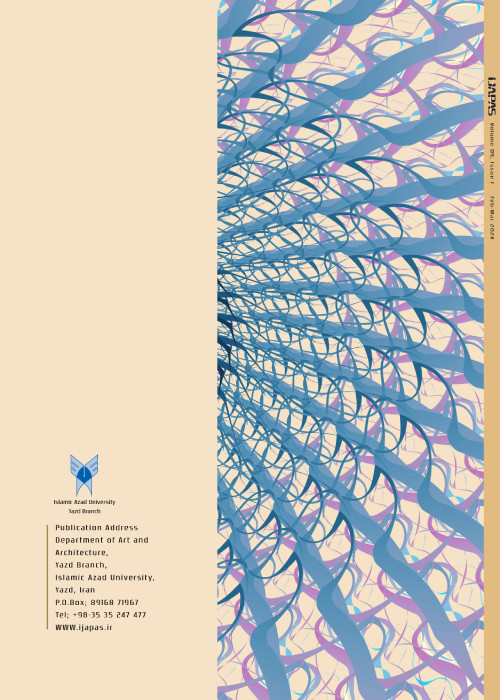Elucidating the Elements of Islamic Architecture that Contribute to Defining its Identity in the Context to Perceived Environmentally
The purpose of this study is to explore the elements of Islamic architecture that contribute to the establishment of a strong connection between individuals and their surroundings, as well as enhancing their perception of the environment and preserving the cultural identity of Islamic architecture. It is important to acknowledge that the various elements of Islamic architecture have the capability to instill a sense of order, harmony, spirituality, identity, and vitality within the environment. This not only creates an aesthetically and emotionally pleasing experience for observers but also emphasizes the importance of understanding the identifying elements of Islamic architecture. Furthermore, this research adopts the metasynthesis approach to investigate the relationship between Islamic architecture and environmental perception.
The research methodology used in this study is defined by its purpose and is described as both descriptive and analytical with a survey-based approach. The data collection process involves conducting documentary studies, making field observations, and conducting interviews with 12 experts in the relevant field. In order to analyze the qualitative data and validate the variables extracted from the sources, metasynthesis and inductive coding methods were utilized in the Max Kyuda software during the interpretation of the interviews.
In accordance with the study's objective and theoretical framework, as well as the responses provided by the participants during the interviews, the research components were categorized into seven dimensions: Identity, Social, Functional, Cultural, Environmental, Aesthetic, and Physical, as established by Max Kyuda. It is worth mentioning that each of these dimensions further comprises subsets through the process of inductive coding.
The enhancement of architectural design levels such as order, dynamism, and legibility, as well as the incorporation of key elements from Islamic architecture in contemporary cities, should be a vital consideration for architectural designers and urban planners. By assessing the spaces within Islamic architecture, the connection between humans and the environment can be explored and its impact on urban identity and the enhancement of the relationship between Islamic architecture and environmental perception can be discussed.
- حق عضویت دریافتی صرف حمایت از نشریات عضو و نگهداری، تکمیل و توسعه مگیران میشود.
- پرداخت حق اشتراک و دانلود مقالات اجازه بازنشر آن در سایر رسانههای چاپی و دیجیتال را به کاربر نمیدهد.


